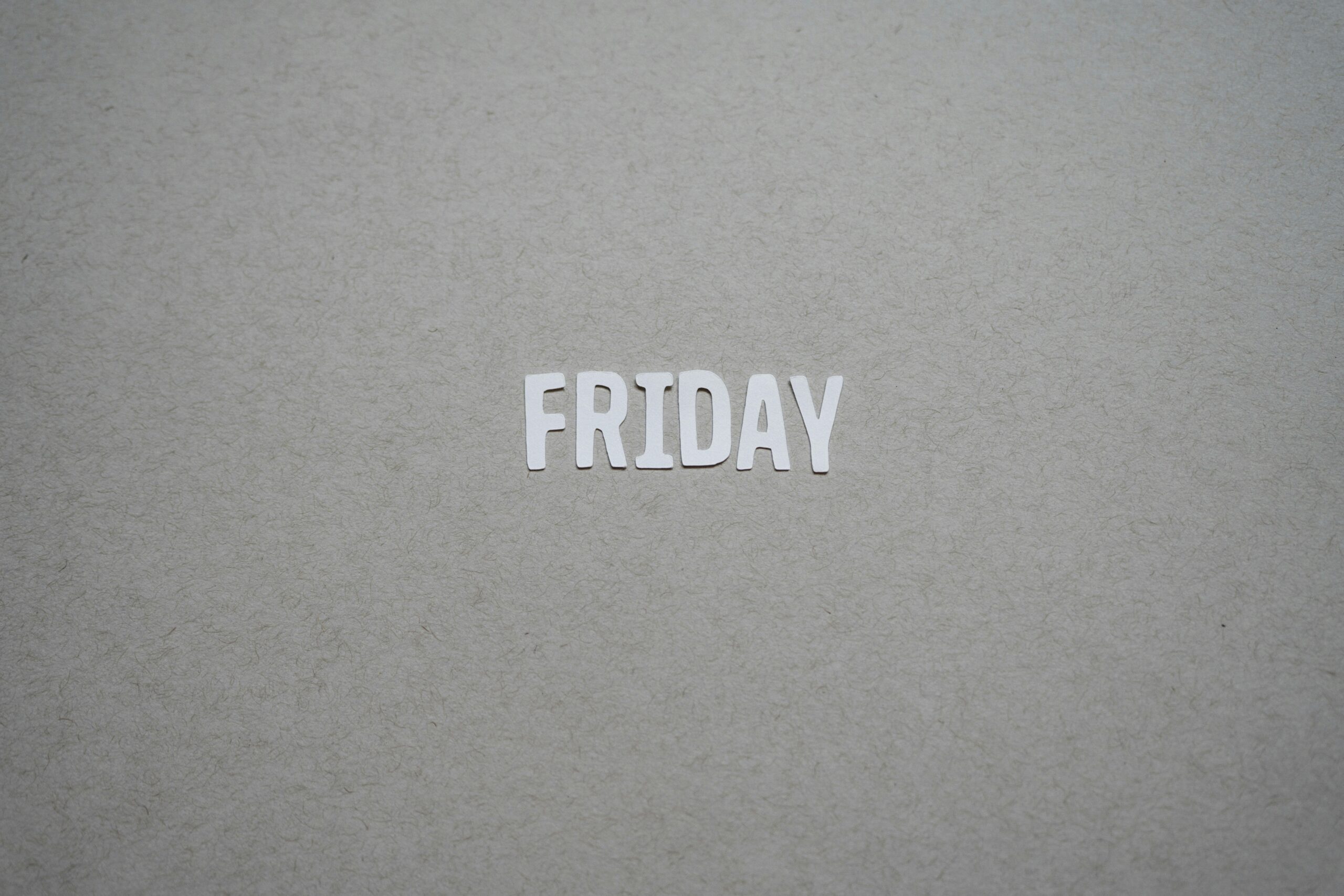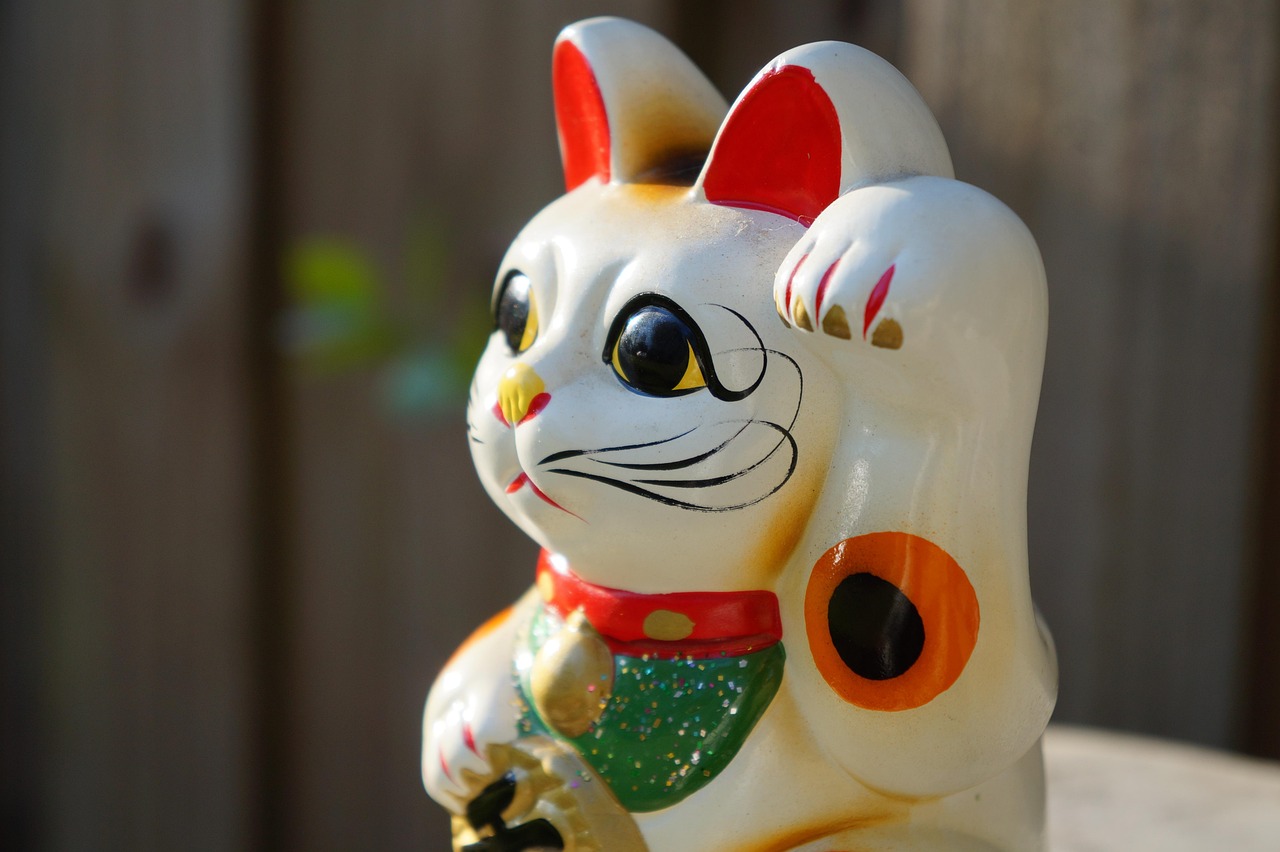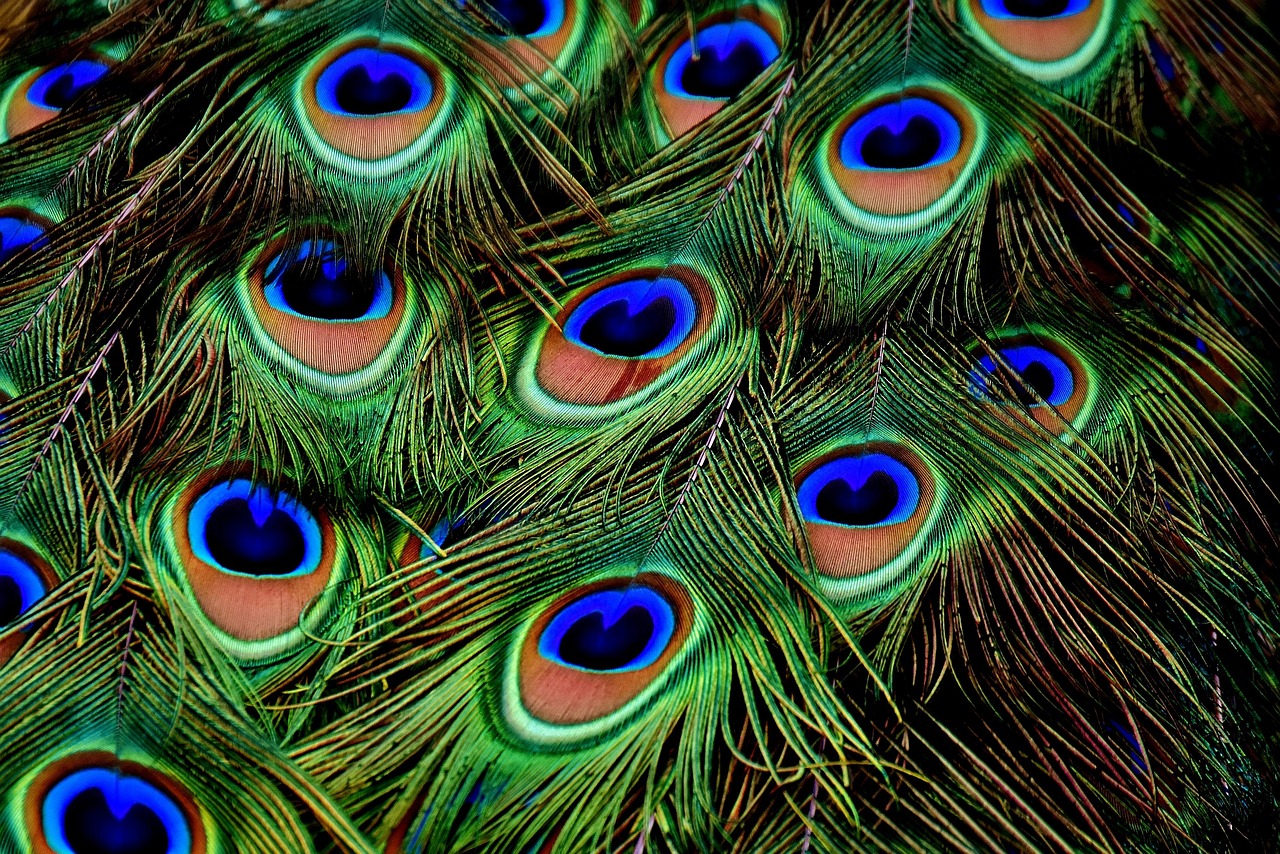25 Positive Friday Quotes That Remind You How Far You’ve Come


Throughout history, people across cultures have turned to good luck charms as a way to invite fortune and ward off misfortune. These objects, often small and easily carried, are believed to possess special powers that influence the wearer’s fate. While the effectiveness of good luck charms is a matter of personal belief, their presence in human culture is undeniable. From the ancient amulets of Egypt to modern-day talismans, these charms embody the universal human desire for fortune and protection.
The concept of good luck charms dates back thousands of years, with archaeological finds revealing that early humans used objects like stones and bones for protection. In ancient Egypt, amulets were crafted in the shapes of animals and symbols, each believed to carry a specific protective power. The ankh, for instance, represented life and was commonly worn to ensure longevity. Similarly, the scarab beetle symbolized rebirth and was often placed in tombs to protect the deceased in the afterlife.
In ancient China, jade was highly valued not only for its beauty but also for its supposed ability to ward off evil spirits. Jade pendants and carvings were common, with many people believing that the stone could bring harmony and balance to their lives. Meanwhile, in Europe, the tradition of carrying lucky charms gained popularity during the Middle Ages, with knights often wearing talismans for protection in battle.

Different cultures have their own unique good luck charms, each with its own history and significance. In the Western world, the four-leaf clover is a well-known symbol of good fortune. This rare variation of the common three-leaf clover is said to bring faith, hope, love, and luck to its finder. Another popular Western charm is the horseshoe, traditionally hung above doorways to ward off evil spirits and bring good luck to the home.
In Japan, the maneki-neko, or “beckoning cat,” is a common sight in shops and restaurants. This figurine, often depicted with one paw raised, is believed to attract customers and prosperity. Similarly, the evil eye talisman, prevalent in Mediterranean cultures, is thought to protect against jealousy and ill-wishing. These charms are often blue and white, symbolizing the gaze of protection.
In India, the peacock feather is considered a symbol of good luck and protection. It is associated with the Hindu god Krishna, who is often depicted with a peacock feather in his crown. The feather is believed to bring beauty and abundance, making it a popular decorative element in homes.
While the efficacy of good luck charms is largely anecdotal, psychological studies have explored why people continue to believe in their power. One explanation is the placebo effect, where the belief in a charm’s power can lead to positive outcomes simply because the individual expects them. This expectation can boost confidence and reduce stress, which in turn can improve performance and perception of events.
Another factor is the human tendency to seek patterns and assign meaning to random events. This cognitive bias, known as apophenia, can lead individuals to perceive a correlation between a charm and a positive outcome, reinforcing their belief in its power. Additionally, the ritualistic aspect of using charms can provide a sense of control in uncertain situations, offering comfort and reassurance.
Selecting a good luck charm is a personal decision, often guided by cultural background, personal experiences, or intuition. Some individuals are drawn to charms with historical significance, while others prefer objects that hold personal meaning. When choosing a charm, consider what resonates with you on a personal level, whether it’s a symbol of protection, prosperity, or love.
For those looking to incorporate a good luck charm into their lives, it can be as simple as wearing a piece of jewelry, carrying a small object in a pocket, or placing a charm in a prominent location at home. The key is to choose something that you feel a connection with, as the belief in its power is what ultimately gives it significance.
Integrating good luck charms into daily routines can be both a comforting and empowering practice. For some, this might mean wearing a charm as a daily accessory, while others may choose to engage with their charm through a daily ritual or meditation. The presence of a good luck charm can serve as a reminder of one’s intentions and goals, providing motivation and focus.
Beyond personal use, good luck charms can also be thoughtful gifts for friends and family. Offering a charm as a gift can convey wishes of protection, success, and happiness, making it a meaningful gesture for special occasions or milestones.
Ultimately, the power of good luck charms lies in the belief and intention behind them. Whether viewed as cultural artifacts, psychological tools, or sentimental keepsakes, these objects continue to hold a special place in human tradition and personal practice.